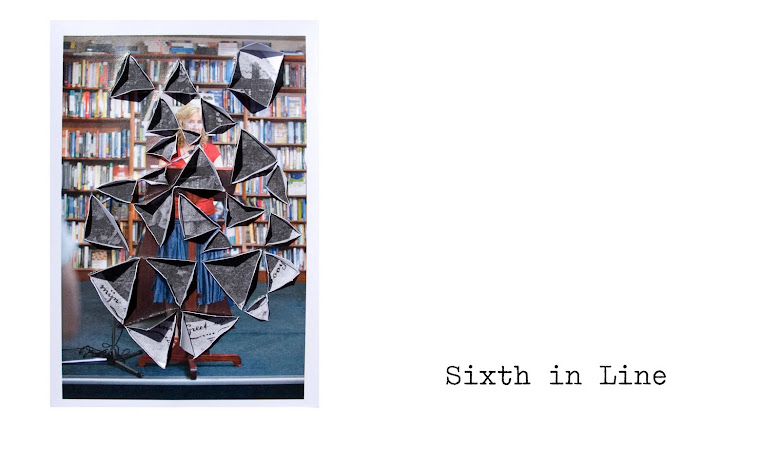
There's something sacred about the last message of the year. As if the ticking of time is more insistent that usual.
If the pundits would have their way, this will be our last year of relative comfort. In 2009 we are all going to be hit by staggering hikes in prices across the board, in gas and electricity, in all sorts of basic services. No income rises because no one will be able to afford to pay their employees more. The price of all goods, not just services, will go up.
It’s all so horrendous. Still I can’t help wondering what I will be writing here this time next year. Will 2009 be as bad as predicted or will we be expecting an even worse year to come.
The Christmas/New Year break for me is a time I use for spring-cleaning. A year, or in the case of this year, several years' accumulated unnecessary junk. We take it to the tip via a skip, a two-metre skip that can contain larger items and box load full after box load full of books and past papers. Even Bill is doing his best to discard old books, the spy thrillers of the past. Books he knows he will never read again. The print is too small even to take to Sainsbury’s secondhand books or St Vincent de Paul’s, so into the skip they go.
I try to be ruthless, but it’s not easy. I have this sense each time I discard that maybe some day the object to be discarded will come in useful to someone. I have culled the dress ups and though I’d like to get rid of them altogether I still have three large bags full. Perhaps Millie will have another Law Revue this coming year and as I said to Tessa who was visiting yesterday, I’ll keep hold of the dress ups for the next three years until Ella leaves school. By then Millie too will have graduated.
‘But Leo will be about to start primary school,’ Tessa joked, as if to say, you’ll never be able to get rid of them. Someone will always need the dress ups for plays and performances. When you need them they’re useful.
I’ve filled the dress ups bags with camphor balls, to keep the bugs away. The house reeks of it. I must also put some into Millie’s wardrobe. For some reason her cupboard attracts moths, the clothes-eating variety and her clothes are too valuable to serve as a feeding ground for insects.
I wish I could find a photograph or image to match these thoughts. The best I can offer is one of Leo, our first grandchild, taken minutes after his birth some fourteen months ago. If anything signifies new beginnings, this image does, coming as it does so close to the end of the year.

